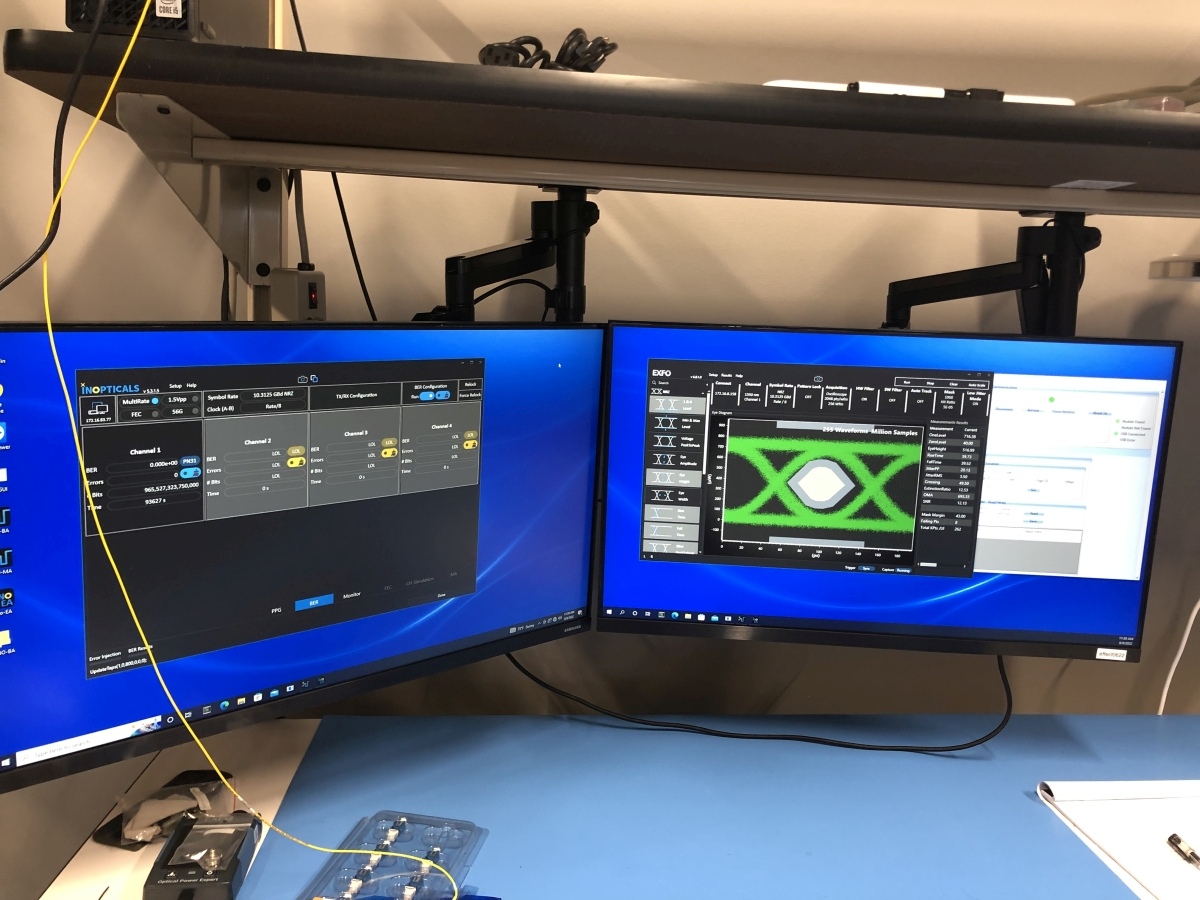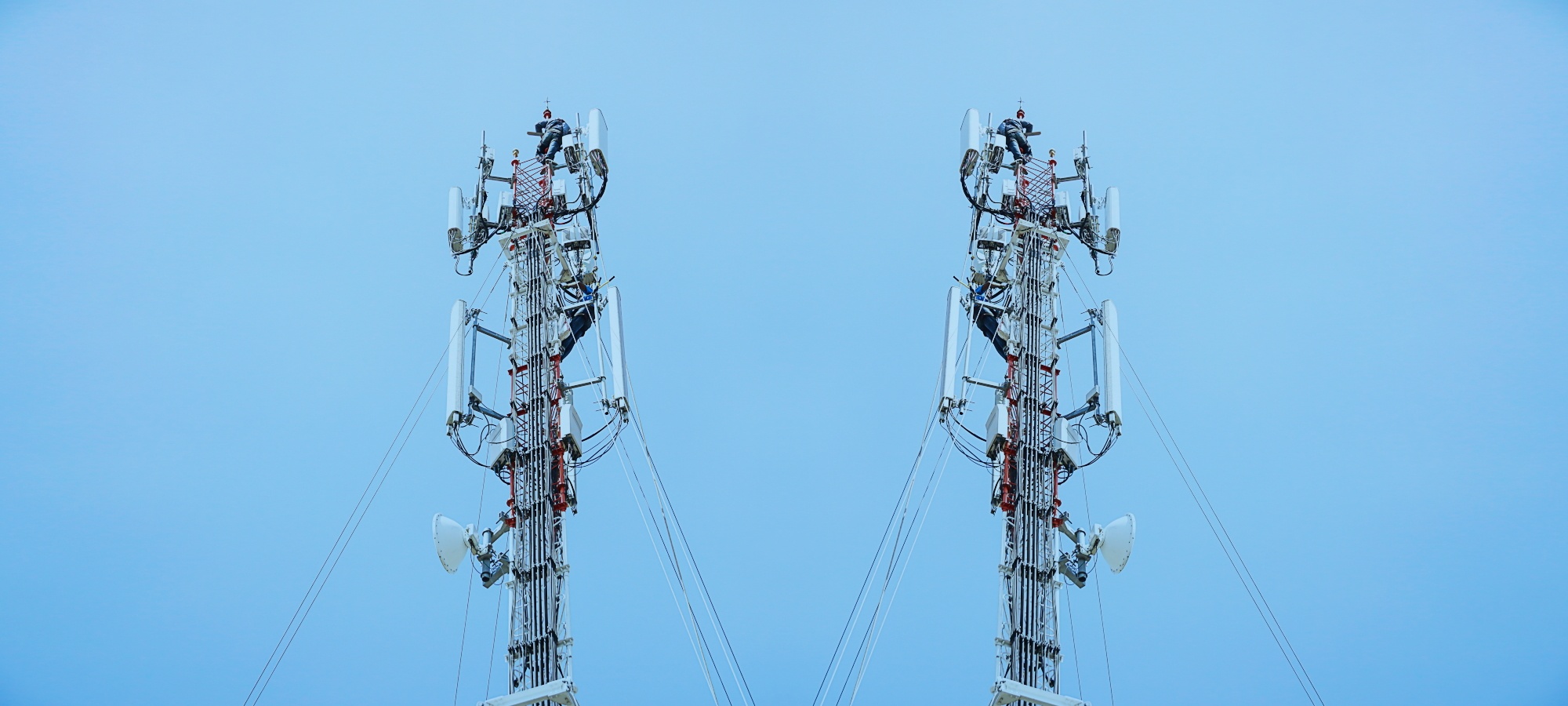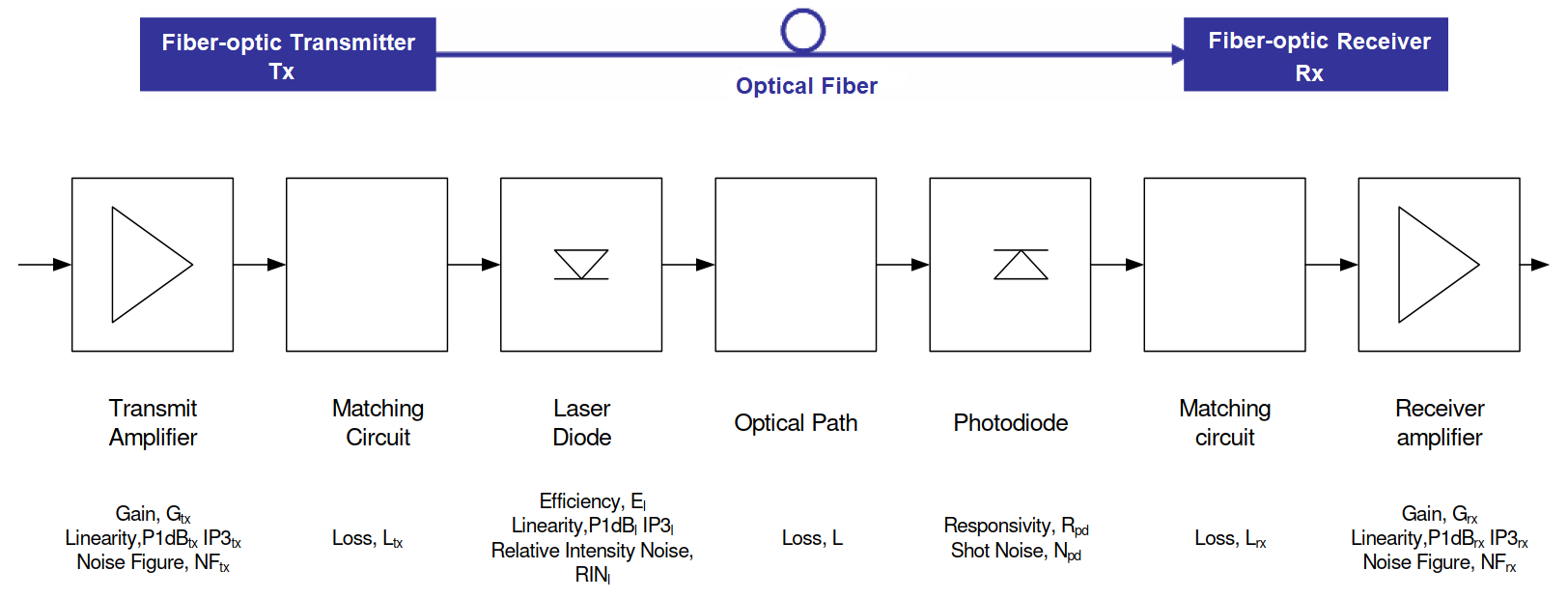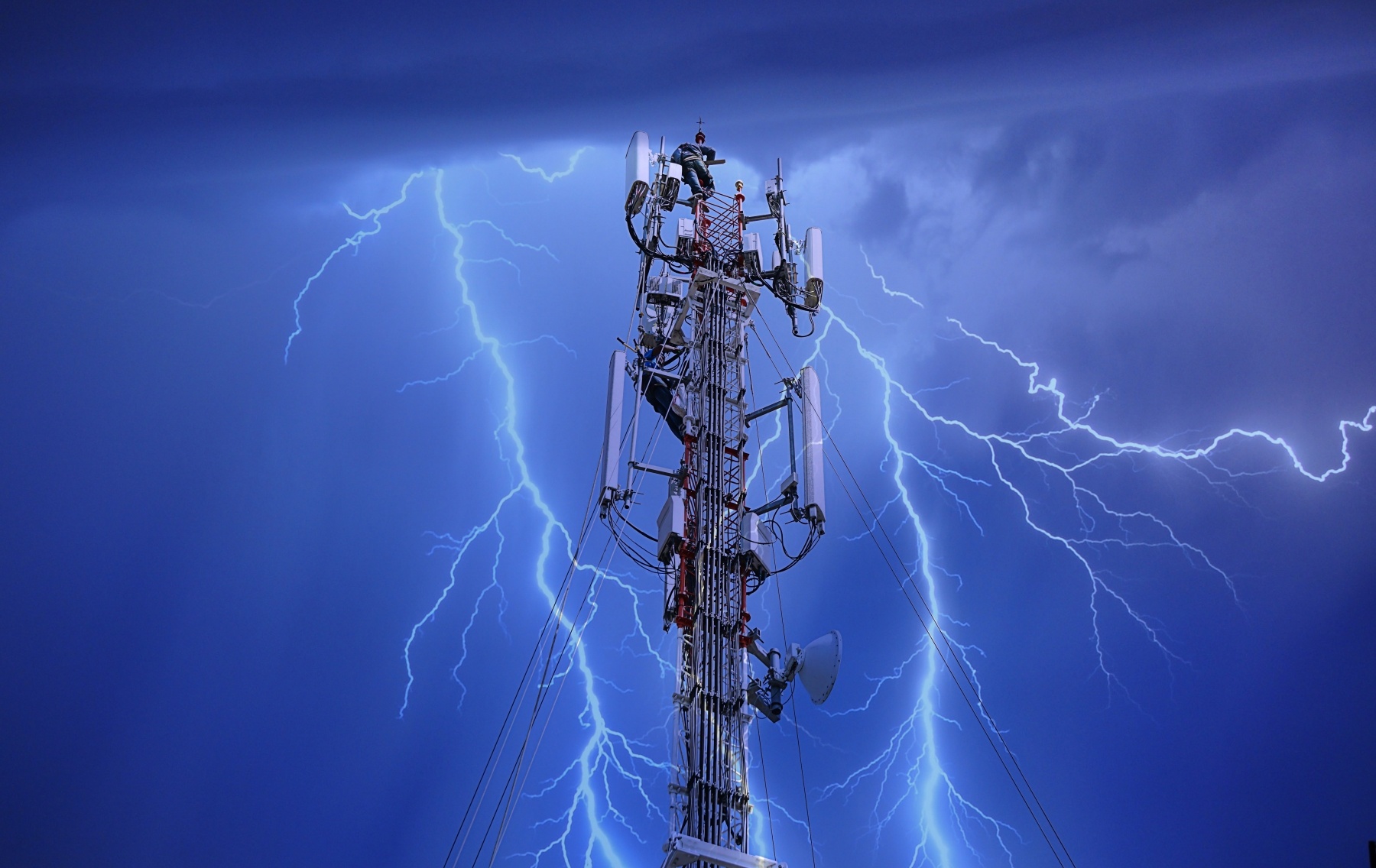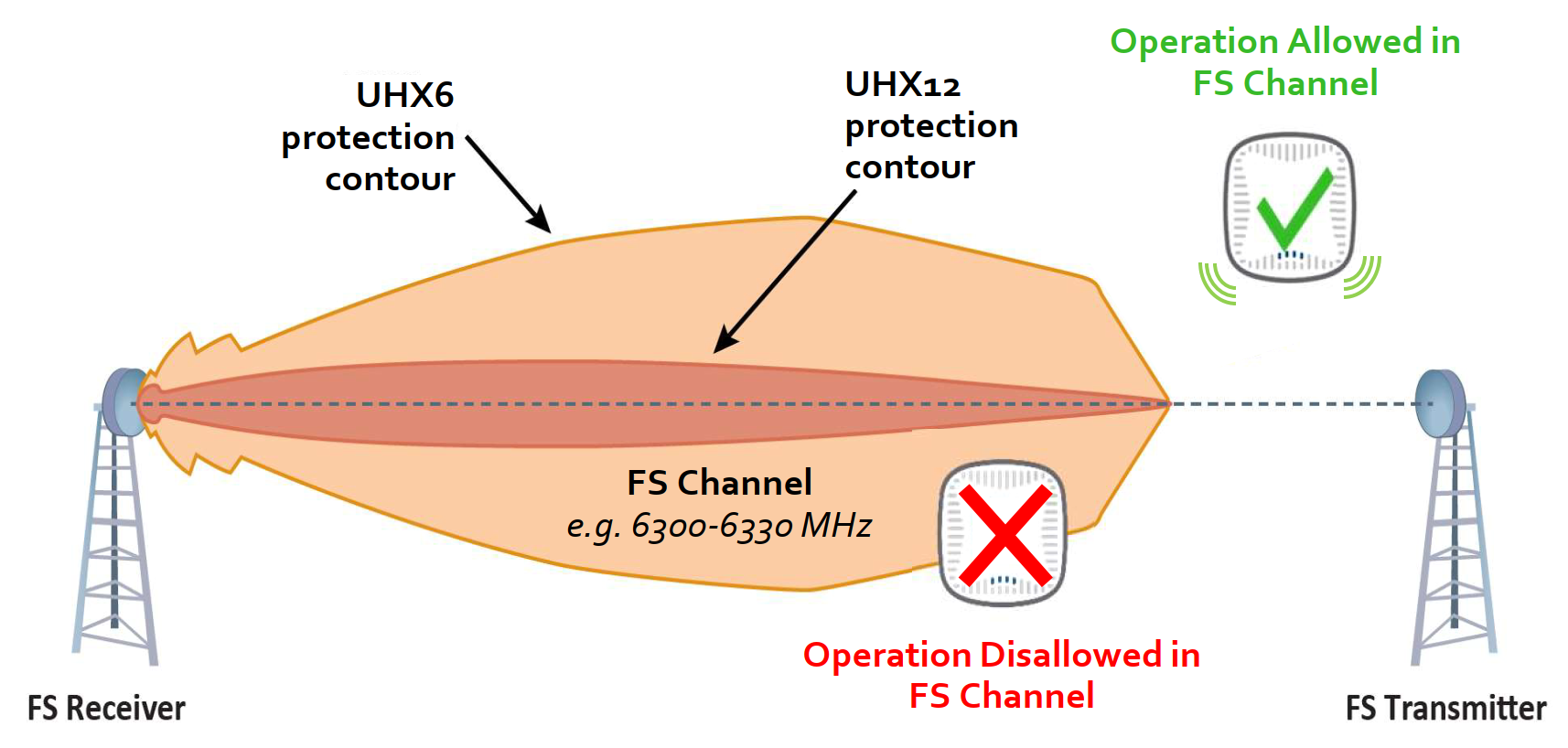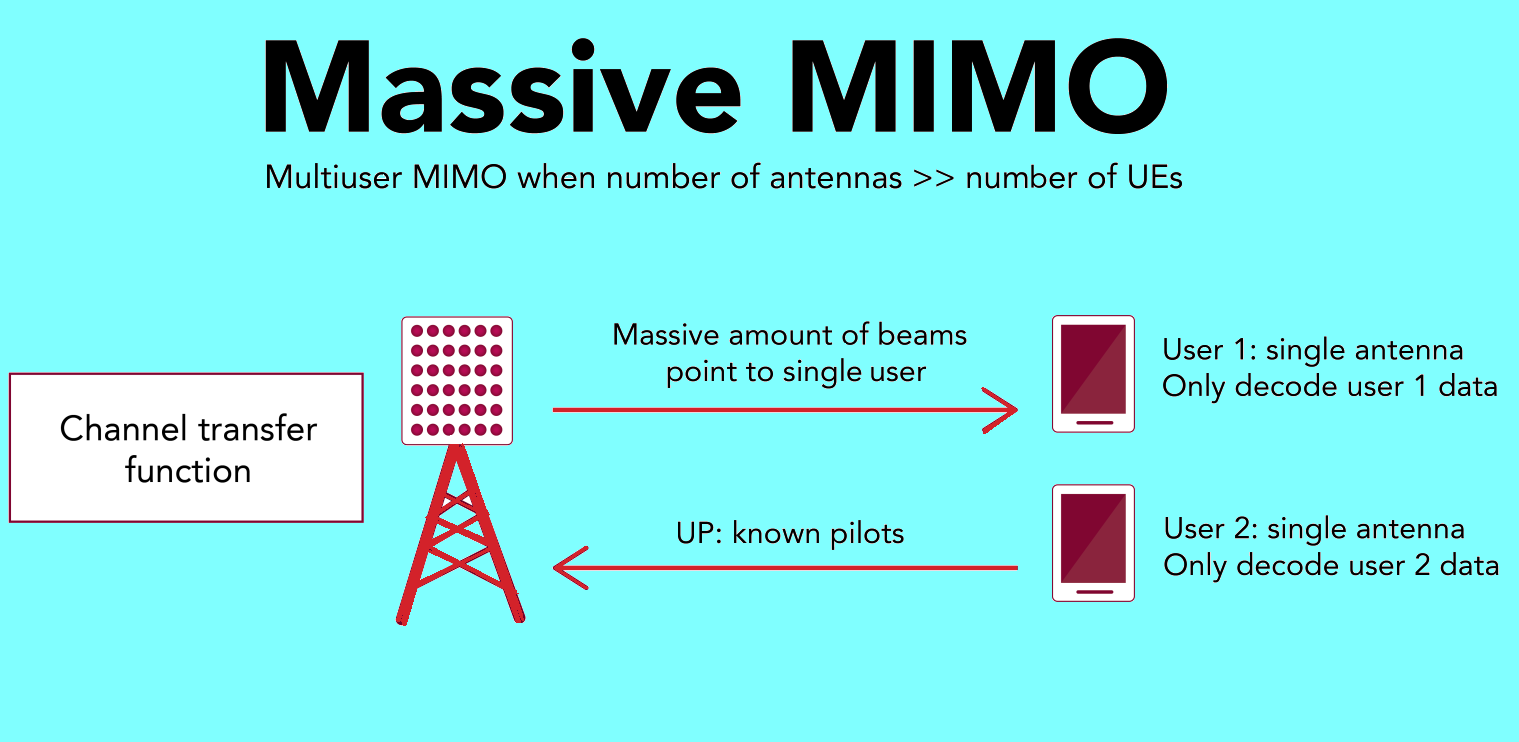While eSIM moves carrier information from external cards to internal devices, iSIM moves the SIM down to the chipset. That reduces size and cost.
eSIM eases changing carriers for phones and IoT
Learn about the evolution of a SIM card to the creation, use, and function of the eSIM.
Optical modules, drivers, and DSP push data through networks
EE World visited Effect Photonics’ Massachusetts office for a video look at how its optical communications products adapt to changing conditions in telecom and data networks. Maynard, Mass. — Data from 5G fronthaul through core networks and datacenters move quickest when transported over optical fibers. Effect Photonics, a company based in the Netherlands, recently opened…
Creating massive MIMO, part 2
In part 1, we discussed “Creating 5G Massive MIMO.” In part 2, we discuss the antenna options for moving into 6G using variations of Massive MIMO.In part 1, we discussed “Creating 5G Massive MIMO.” In part 2, we discuss the antenna options for moving into 6G using variations of Massive MIMO.
RF over fiber: overcoming an inherent transmission-line problem, part 2
Learn the basics of how to use RF over fiber. You have many options.
RF over fiber: overcoming an inherent transmission-line problem, part 1
Optical fiber can carry analog RF signals from antenna to receiver with far less loss than coaxial cables.
How to safeguard cellular base stations from five electrical hazards
Circuit-protection components such as fuses and TVS diodes protect power and data circuits from damage. Here’s where and how to insert them into your circuits.
Can Wi-Fi 6E really share spectrum with incumbents?
Learn how Wi-Fi 6E standard-power transmitters must navigate around public safety and wireless backhaul signals in this video interview with Federated Wireless CTO Kurt Schaubach. For over two years, we’ve been hearing about how Wi-Fi 6E adds 1200 MHz of needed bandwidth to meet growing needs. The so-called “6 GHz band,” which covers 5.925 to…
High-speed data challenges physical-layer optics
Calibration is important in the measuring the effectiveness of fiber-optic cables. Fluke fellows Seymour Goldstein and Jeff Gust explain why.
Creating 5G massive MIMO: Part 1
Part 1 explains who originated massive MIMO and how it works IEEE Fellow Thomas Marzetta is well known for originating the 5G massive MIMO (multiple-input multiple-output) technology in 2006, which telecom experts consider to be one of the cornerstones of 5G wireless communications. This technology uses many small, individually controlled, low-power antennas to directly beam…



